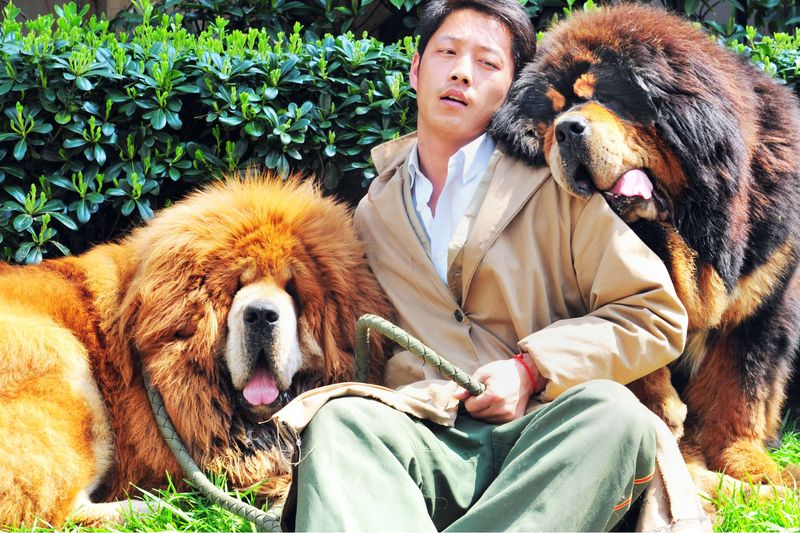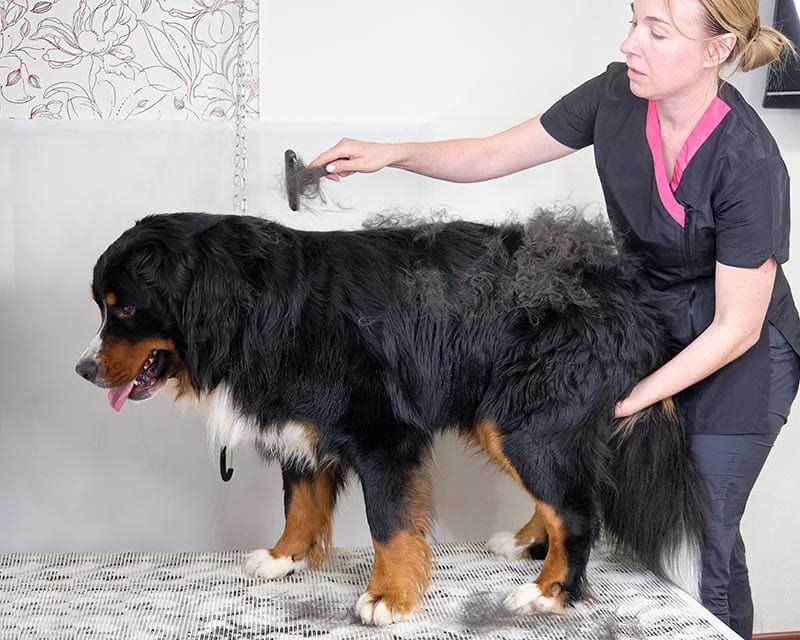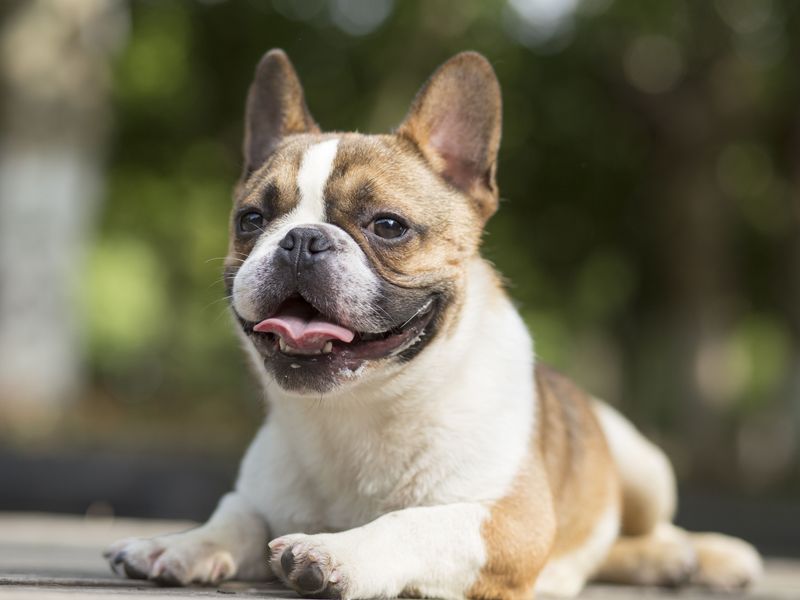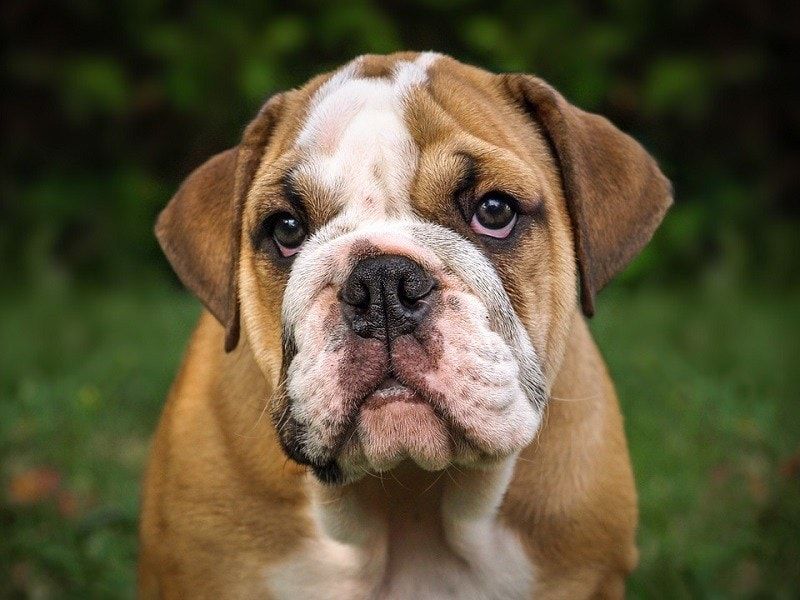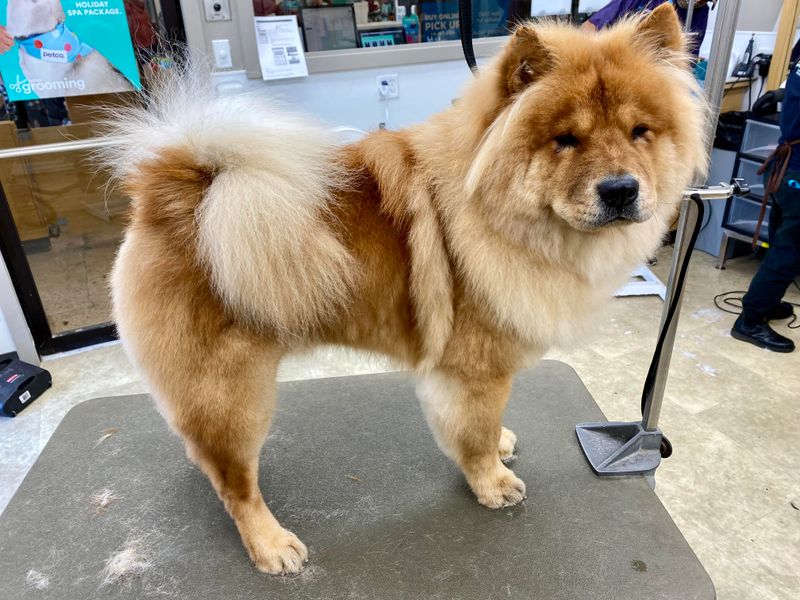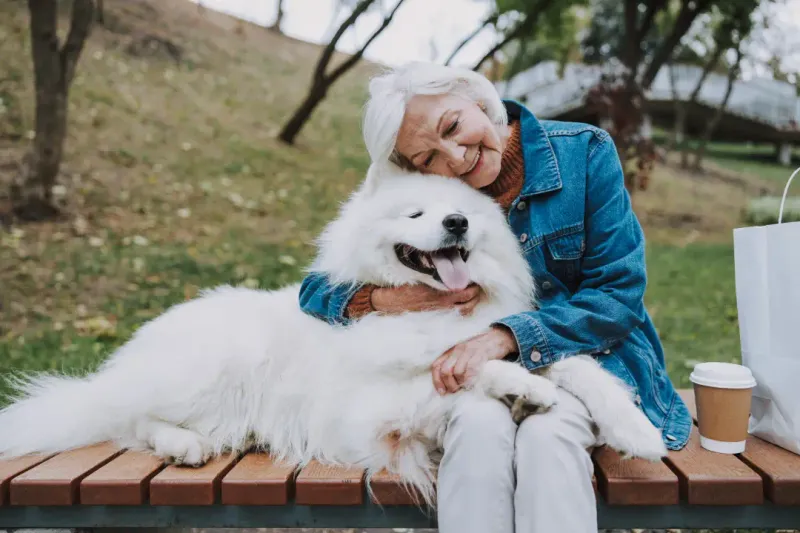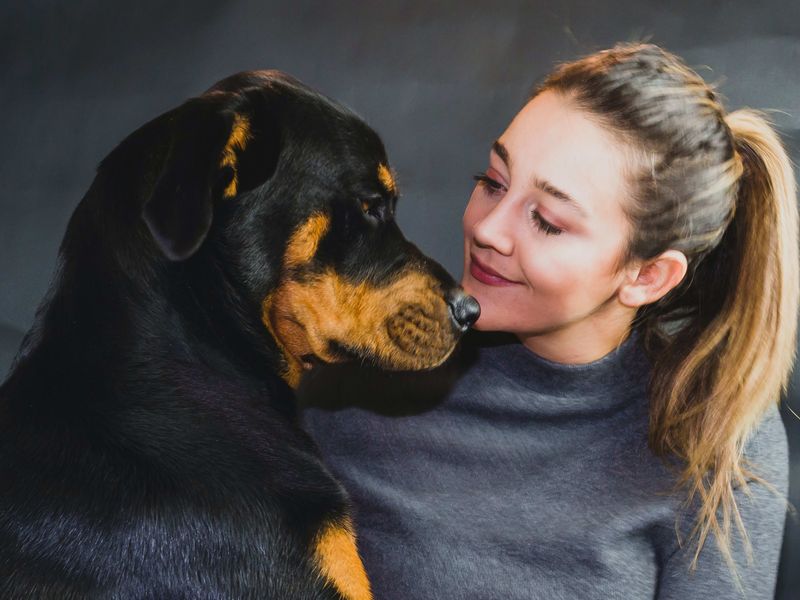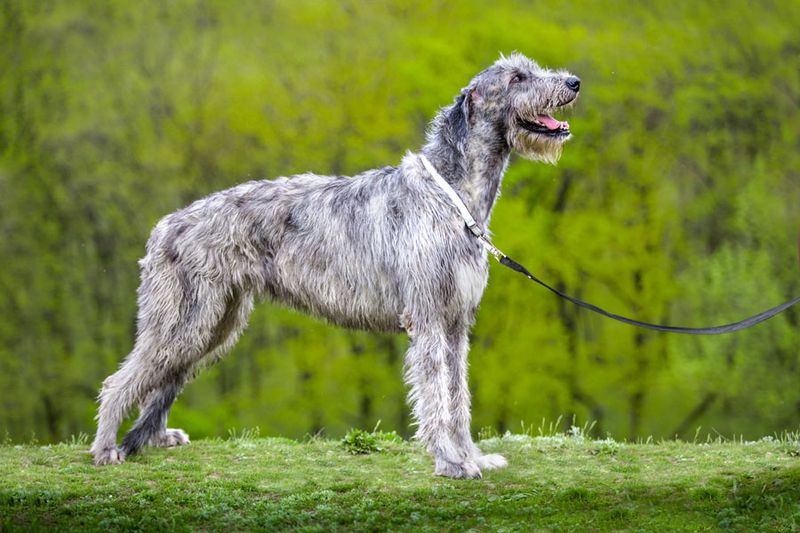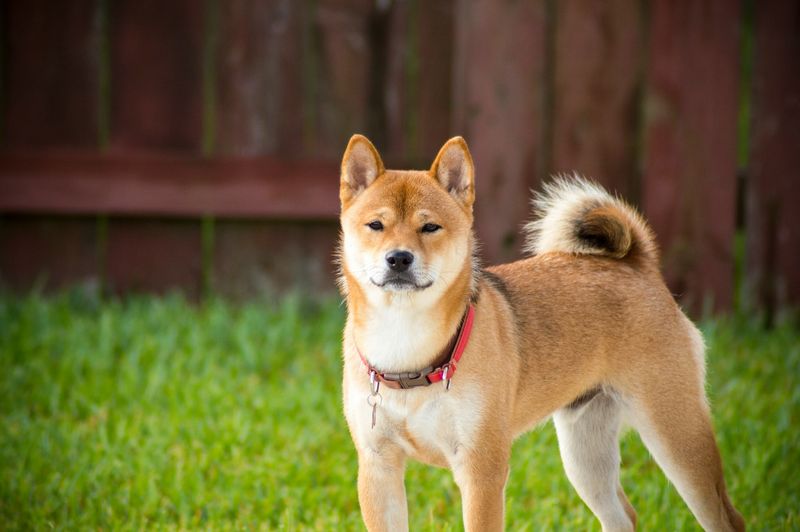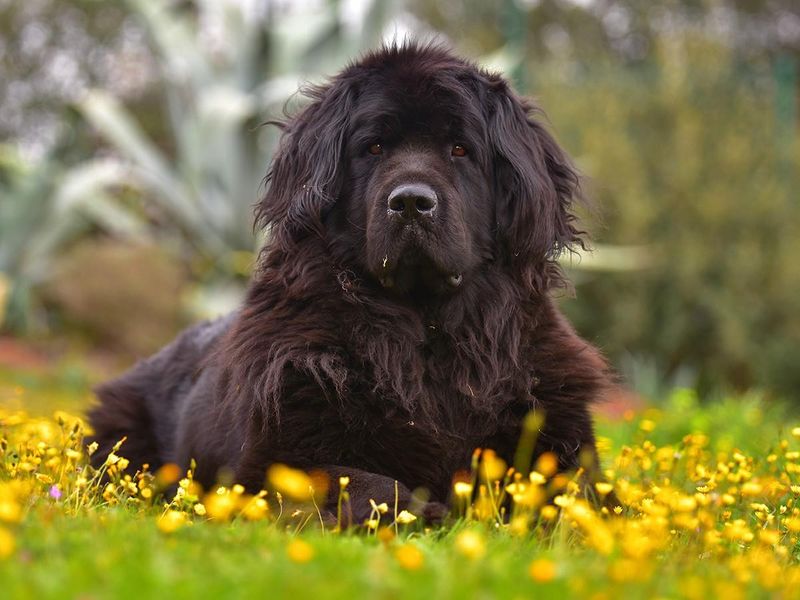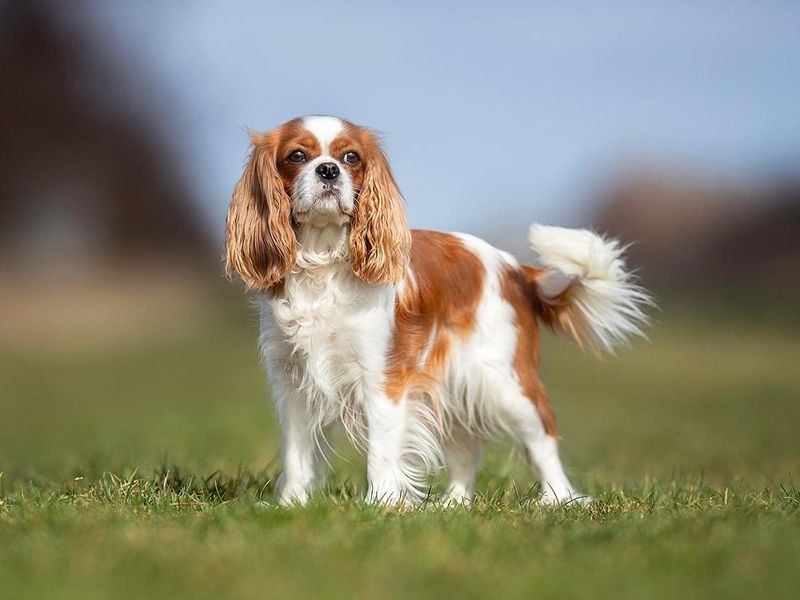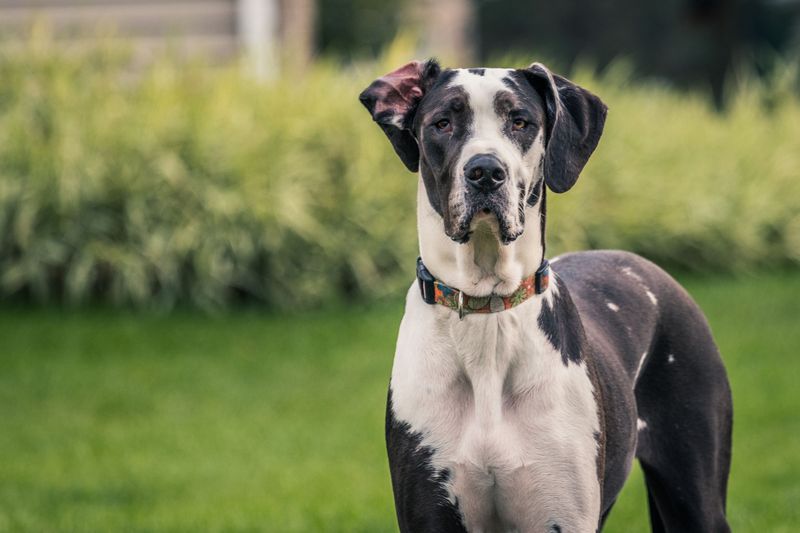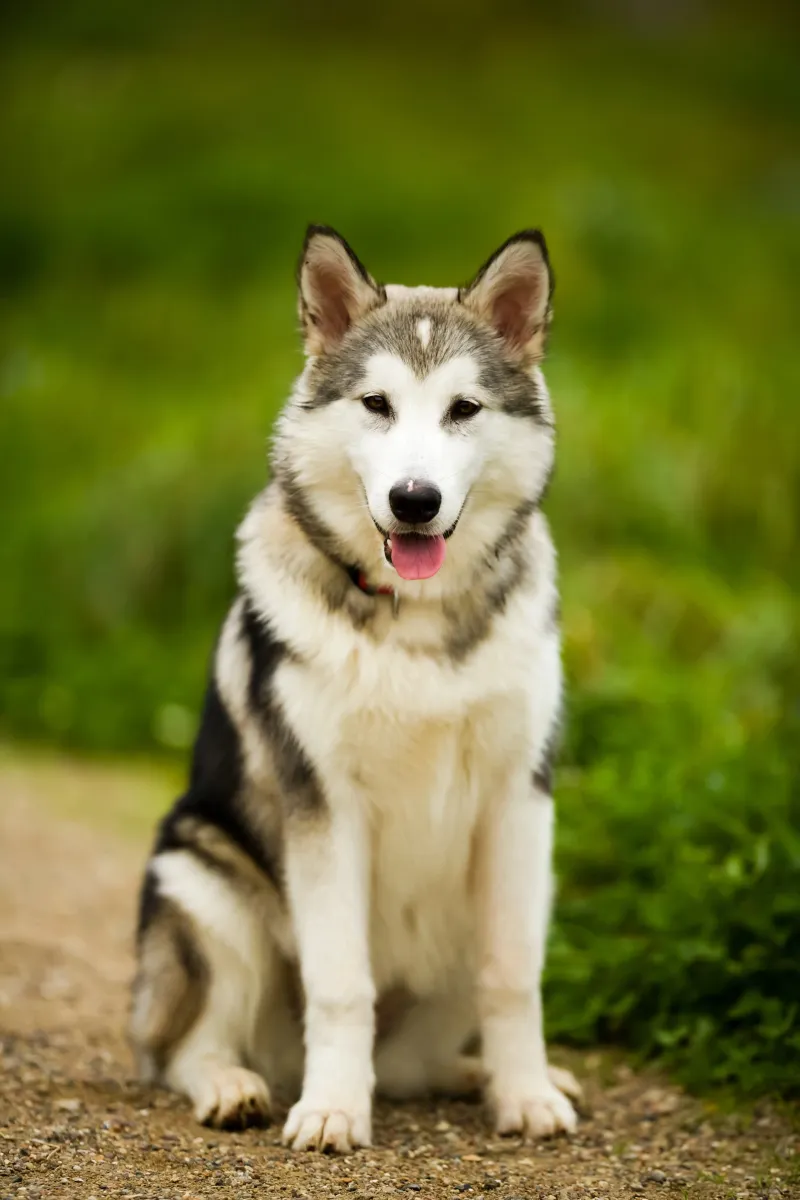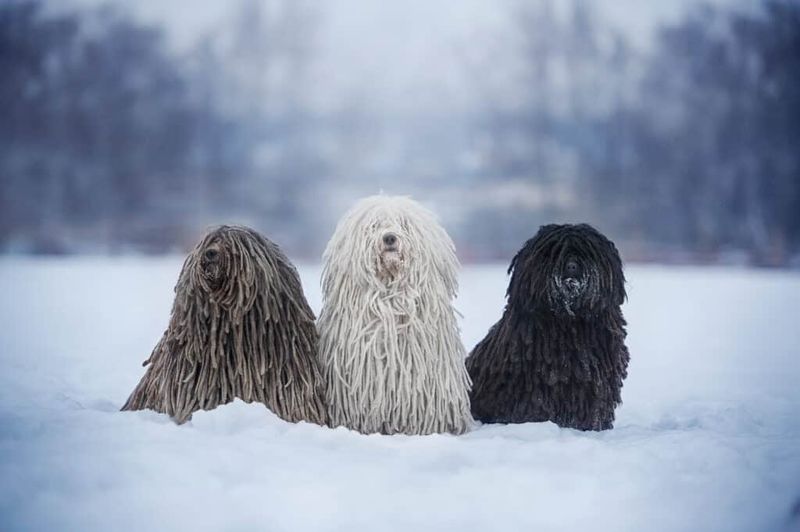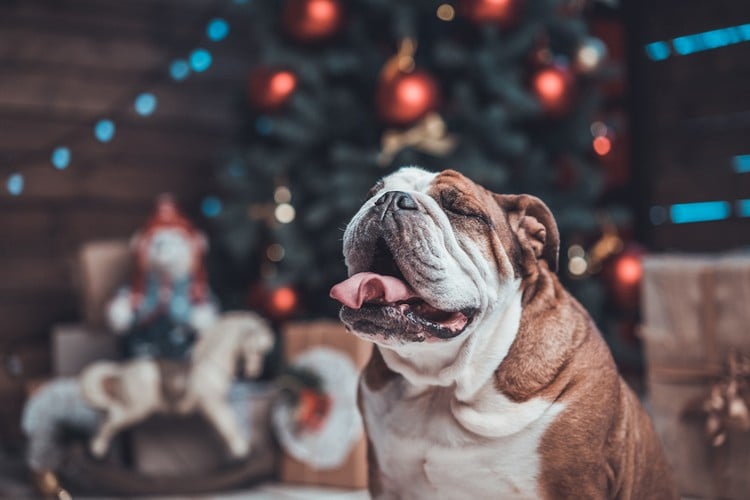Top 15 Most Expensive Dog Breeds to Care For
Ever looked into those puppy-dog eyes and thought, “How expensive could you really be?”
Well, if you’ve got your heart set on a purebred pooch with a royal pedigree and a grooming schedule that rivals a celebrity’s, you might want to check your bank account first.
Some dog breeds come with price tags that go far beyond the initial adoption or breeder fees—and we’re talking thousands per year in upkeep alone.
From specialized diets and high-maintenance grooming routines to chronic health conditions and hefty vet bills, these dogs know how to drain a wallet with adorable precision.
It’s not just about the food or the shampoo—it’s the lifestyle, the medical care, the training, and yes, even the furniture they’ll eventually claim as their own.
Owning a dog is always a commitment, but with certain breeds, it’s practically a luxury investment.
In this article, we’re diving into the Top 15 Most Expensive Dog Breeds to Care For, not just based on their purchase price, but on what it actually costs to keep them healthy, happy, and spoiled rotten.
Whether it’s that fluffy giant who needs a small farm’s worth of kibble or that tiny diva with skin allergies and a need for weekly spa days, we’re laying out all the reasons why these breeds might be better suited for those with deep pockets—and deep love for dogs.
Because let’s be honest, even when they’re wrecking your couch or racking up vet bills, it’s hard to say no to those floppy ears and wagging tails.
1. Tibetan Mastiff
Towering in size and equally majestic in presence, the Tibetan Mastiff is as financially demanding as it is awe-inspiring.
These dogs require tons of high-quality food and routine grooming to manage their thick, double-layered coats.
Add in their tendency to suffer from hip dysplasia and thyroid issues, and vet visits can become a regular event.
Training a Tibetan Mastiff is another investment—these dogs are fiercely independent and stubborn.
Professional obedience classes are often necessary, especially for inexperienced owners.
Insurance premiums are also steeper due to their intimidating reputation and potential medical risks.
Although they’re loyal and protective family members, this breed isn’t a budget-friendly choice. If you’re drawn to their regal looks and guarding instincts, just be prepared to spend like royalty too.
2. Bernese Mountain Dog
Lush coats and sweet personalities make the Bernese Mountain Dog a family favorite—but their upkeep is no small feat.
Their beautiful fur requires regular brushing and professional grooming, especially during their seasonal shedding marathons.
And the bigger challenge? Health care.
Berners are prone to serious issues like hip dysplasia, elbow dysplasia, and particularly cancer—especially histiocytic sarcoma.
These health conditions can lead to recurring vet bills and costly treatment plans.
Their short lifespan, often just 7–10 years, can also be emotionally and financially draining.
Due to their size, their diet is nothing to scoff at either—think giant bags of premium kibble.
While their affection is priceless, the cost of care certainly isn’t.
Loving a Berner means loving them with your heart—and your wallet.
3. French Bulldog
Compact, charming, and irresistibly cute, the French Bulldog wins hearts—and empties bank accounts.
They’re one of the most medically delicate breeds, plagued by issues related to their flat faces, like breathing problems and overheating.
Surgical intervention is often required just to improve their quality of life.
Frenchies are also known for allergies, skin infections, and spinal issues.
Routine vet visits and specialty diets become the norm, not the exception.
Even a simple trip to the groomer can be pricey thanks to their sensitive skin and folds.
These pups are also notorious for their breeding difficulties, leading to steep initial costs.
Whether you’re adopting or buying, they don’t come cheap—and neither does maintaining their health.
They might be small in stature, but their care expenses pack a big punch.
4. English Bulldog
With their stocky build and droopy faces, English Bulldogs are hard to resist—but they come with a warning label.
Known for breathing issues, skin conditions, and joint problems, they need ongoing medical attention.
In some cases, corrective surgeries for their palate or hips are almost inevitable.
Their wrinkled skin needs constant cleaning to avoid infections, while their low energy doesn’t mean low maintenance.
Obesity is common, which leads to even more health complications.
On top of that, their diet often has to be customized for allergies and digestion.
Breeding English Bulldogs is difficult and expensive, which inflates their upfront cost.
Factor in frequent vet bills and high insurance rates, and it’s clear they’re one of the priciest breeds to own.
They’re lovable loafs, but they’re high-maintenance all the way.
5. Chow Chow
Looking like a lion and acting like a boss, the Chow Chow has an air of nobility—and expenses to match.
Their dense, fluffy coat demands constant grooming to avoid mats and skin issues.
Professional grooming sessions can easily become a monthly necessity.
Temperament-wise, they’re notoriously independent and sometimes aloof, which often leads to needing expert training.
They can be territorial, so socialization efforts must start early and remain consistent.
On top of that, they’re susceptible to autoimmune diseases, eye problems, and joint issues.
Their health care and upkeep can spiral into thousands annually, especially if you’re keeping them in peak condition.
They’re not the type to please everyone—but for those who adore them, the loyalty is worth the price.
Just be ready for both a financial and emotional commitment.
6. Samoyed
That heavenly white coat may look like a snow angel, but maintaining a Samoyed is anything but effortless.
This breed sheds—a lot. Expect daily brushing and regular professional grooming to keep that coat tangle-free and pristine.
Their grooming needs alone can cost hundreds per year.
Samoyeds also suffer from health issues such as diabetes, heart problems, and hip dysplasia.
Their happy-go-lucky energy requires ample physical activity, which means time, space, and sometimes even a doggy daycare budget.
They’re also prone to separation anxiety, which can lead to destructive behavior if not addressed.
While their smiles melt hearts, their expenses might freeze bank accounts.
These dogs are loyal and wonderful with families—but only if you’re ready for the high-maintenance life.
Think of them as your personal ray of sunshine—wrapped in a vet bill.
7. Rottweiler
Strong, smart, and fiercely protective, Rottweilers are built like tanks—and cost just as much to maintain.
Their large size means big appetites, so food costs can be astronomical over time.
They also need professional training early on to channel their power responsibly.
Rottweilers are predisposed to joint problems, cancer, and heart issues, all of which can lead to recurring vet visits.
Because of their reputation, insurance providers often charge higher premiums—or deny coverage entirely.
You’ll also want to invest in strong, durable gear since these dogs can tear through the average leash in days.
Despite their tough exterior, Rotties are affectionate with their families and incredibly loyal.
Still, you’ll need to budget both time and money to raise one right.
They’re worth it—but they’re not a casual pet choice.
8. Irish Wolfhound
Their towering size might grab attention, but it also guarantees towering expenses.
The Irish Wolfhound is one of the largest dog breeds in the world, and feeding them isn’t cheap.
You’re looking at enormous quantities of food—preferably high-quality, joint-supporting kibble.
Their health is also a major consideration.
They’re prone to bloat (a life-threatening emergency), heart disease, and bone cancer.
Medical bills can rack up quickly, especially with such a short lifespan—typically around 6 to 8 years.
These gentle giants need space to stretch out and exercise comfortably.
Apartment life won’t cut it, and neither will a skimpy vet budget.
They’re sweet, dignified, and make wonderful companions—but owning one is no small undertaking.
9. Akita
Intensely loyal and striking in appearance, the Akita is both a powerful companion and a costly one.
Their thick double coat requires regular grooming, especially during seasonal shedding—also known as “blowing coat” season.
Groomer visits can be frequent, and at-home maintenance is a must.
Akitas are prone to autoimmune diseases, hip dysplasia, and eye problems, all of which can drive up vet costs.
They also have a strong-willed personality, making obedience training essential and often ongoing.
Some Akitas require private training sessions due to their dominance and protective instincts.
These dogs thrive on routine, structure, and a secure environment.
If you cut corners with care, they can become aggressive or anxious.
Akitas aren’t cheap in any sense—but their unwavering devotion makes them worth every cent for the right owner.
10. Newfoundland
Massive, sweet-natured, and full of drool, the Newfoundland is a gentle giant with equally large expenses.
Just feeding this dog is a serious monthly investment—think industrial-sized bags of premium food.
Grooming is another beast altogether due to their thick, water-resistant coat.
They’re prone to health issues like hip dysplasia, elbow problems, and subvalvular aortic stenosis—a heart condition that requires expensive diagnostics and monitoring.
Add in their tendency to overheat in warm climates, and you may need cooling vests or even air conditioning adjustments.
Because of their size, any surgery or treatment they need often costs more than it would for a smaller breed.
Despite their high costs, Newfoundlands are gentle family protectors.
They’re big on cuddles—and big on vet bills.
If you’ve got the space and the budget, they’ll repay you with endless love.
11. Cavalier King Charles Spaniel
Elegance wrapped in fur, the Cavalier King Charles Spaniel may be small in size, but they’re huge in cost.
These dogs are genetically predisposed to mitral valve disease—a serious heart condition requiring lifelong medication and monitoring.
Cardiology visits and prescriptions can get expensive fast.
They’re also prone to syringomyelia, hip dysplasia, and ear infections.
Regular vet checkups and preventative care aren’t optional—they’re vital for keeping your pup comfortable.
And while their coats aren’t the thickest, they still require frequent grooming to stay tangle-free.
With their affectionate nature and love of cuddling, it’s easy to spoil a Cavalier.
But you’ll need to prepare financially to give them the care they need.
They’re true lap dogs—with royal budgets.
12. Great Dane
Despite their nickname “gentle giants,” Great Danes are some of the most expensive dogs you can care for.
They consume massive amounts of food, often eating double or triple what a medium-sized dog would.
That alone can add hundreds to your monthly pet expenses.
Their medical needs are even more intense.
Great Danes are highly prone to bloat (gastric torsion), a condition that often requires emergency surgery.
They’re also susceptible to joint issues and bone cancers like osteosarcoma.
Their short lifespan—often just 6 to 8 years—means those costs are condensed into a few short years.
Routine care, large-sized gear, and special diets further increase the cost.
They’re loving and loyal, but owning a Great Dane is a financial marathon packed into a sprint.
13. Alaskan Malamute
Built for strength and stamina, the Alaskan Malamute is a true working dog with expensive needs.
Their dense double coat sheds year-round and demands regular grooming to avoid matting and skin issues.
Professional grooming several times a year is practically non-negotiable.
They’re also big eaters, requiring a protein-rich diet to support their muscular frame and active lifestyle.
Without enough physical and mental stimulation, Malamutes can become destructive and anxious.
Dog sports, hiking, and even sled pulling are great—but that means investing in equipment and time.
Health-wise, they’re prone to hip dysplasia, hypothyroidism, and inherited polyneuropathy, which can all require specialized veterinary care.
These dogs thrive in colder climates, so they may also need extra cooling support in warmer areas.
For adventurous and experienced owners, they’re a thrill—just be prepared for the price tag.
14. Puli
Those signature dreadlocks aren’t just for show—they’re a full-time grooming project.
The Puli’s corded coat takes serious effort to maintain, often requiring groomers with specialized experience.
Without proper care, their coat can easily become matted, dirty, or even moldy.
Beyond the hair, Pulik are energetic and intelligent, needing ample exercise and mental enrichment.
They excel in agility and obedience, but that means training classes and structured activities.
Skipping these needs often leads to behavioral issues—and sometimes property damage.
Health concerns include eye disorders, hip dysplasia, and allergies, all of which can mean frequent vet visits.
They might be small in stature, but their upkeep is anything but light.
If you want a walking mop with a heart of gold, expect to invest time, money, and patience.
15. Basset Hound
Short legs, long ears, and a big heart—the Basset Hound is lovable but far from low-maintenance.
Those droopy ears are magnets for infections and need frequent cleaning.
They’re also prone to spinal issues due to their long bodies, often requiring special beds or ramps.
Obesity is a major concern for this breed.
Their laid-back nature means they can pack on pounds quickly, which leads to joint and back problems.
That translates to strict diet plans, vet-monitored weigh-ins, and sometimes even physical therapy.
Their skin folds need regular attention to prevent dermatitis, and they’re known for stubborn streaks during training.
Vet visits, special gear, and ongoing care are the norm with this breed.
Charming and gentle, Basset Hounds are worth the effort—but you’ll pay for their quirks in more ways than one.

